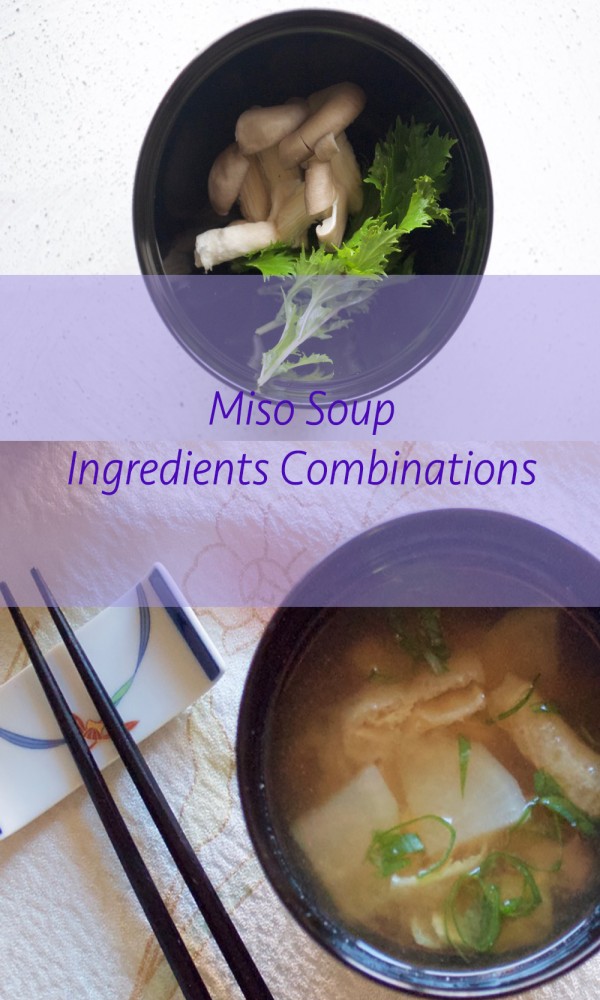Miso soup, a staple in Japanese cuisine, is a simple yet flavorful dish enjoyed for centuries. This warm and comforting broth is not only delicious but also incredibly versatile. You can customize it with various ingredients, making it a great option for a light lunch, a satisfying side dish, or even a quick and healthy breakfast.
Ingredients:

4 cups (1 liter) water
Dashi Kombu (optional): Dashi is a flavorful Japanese stock commonly used in miso soup. You can substitute pre-made dashi for the kombu and water, or simply omit it for a lighter broth.
Directions:
1. Prepare the Dashi (optional): In a pot, combine water and dashi kombu. Bring to a simmer over medium heat and cook for 10 minutes. Remove the kombu.
2. Add Shiitake Mushrooms (optional): If using, add the soaked shiitake mushrooms and their soaking liquid to the pot. Simmer for an additional 5 minutes. Remove the mushrooms and slice them thinly. Reserve the soaking liquid.
3. Bring Broth to a Simmer: Add the vegetable broth (or water) to the pot and bring to a simmer.
4. Miso Paste: Reduce heat to low and gradually whisk in the miso paste until dissolved. Do not boil as it can make the miso lose its flavor.
5. Add Ingredients: Gently add the tofu and simmer for 2-3 minutes, or until heated through.
6. Garnish and Serve: Turn off the heat and stir in the green onions and any additional desired ingredients. Serve immediately in bowls.
Nutrition Facts (per serving):
This is an approximate nutritional breakdown for a basic miso soup recipe. Adding different ingredients will alter the nutritional value.
Calories: 80-120
Note: Miso is naturally high in sodium. If you are on a sodium-restricted diet, choose a low-sodium miso paste.
Conclusion
Miso soup is a delicious and versatile dish that can be enjoyed by everyone. It’s a great way to incorporate healthy ingredients into your diet and is perfect for a quick and easy meal. With its endless customization possibilities, you can personalize miso soup to suit your taste and dietary needs.
Frequently Asked Questions (FAQs)
1. What kind of miso paste should I use?
There are several varieties of miso paste available, each with a distinct flavor profile. Here’s a quick guide:
White Miso (Shiro Miso): Mildest flavor, perfect for beginners.
2. Can I substitute tofu for another protein source?
Absolutely! You can swap tofu for cooked shredded chicken, shrimp, or even lentils for a vegetarian option.
3. How can I make my miso soup vegan?
Simply omit the fish-based dashi and use vegetable broth. Opt for a vegan miso paste and avoid animal-based protein additions.
4. How long can I store leftover miso soup?
Store leftover miso soup in an airtight container in the refrigerator for up to 3 days. Reheat gently over low heat, adding a splash of water or broth if necessary to thin it out.
5. What other vegetables can I add to my miso soup?


